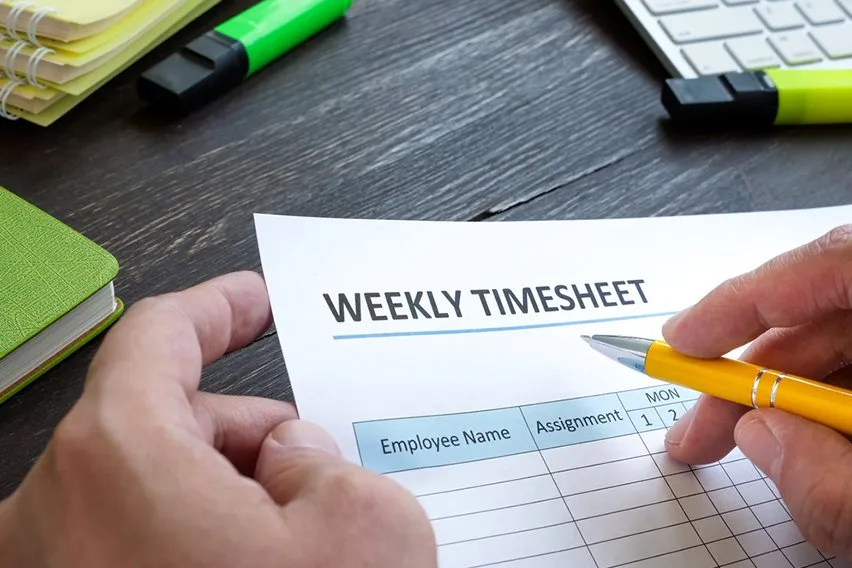What Is a Decision Matrix & How to Use It for Business

Running a business is one difficult decision after another.
People have a number of different methods when it comes to making complex decisions. Some flip a coin, some make a pros and cons list and some ask friends and family for advice.
There are a number of different avenues to go down to help you make your mind up, but have you ever considered using a decision matrix?
But what is a decision matrix? And how can you use it to help your business?
We’ll take a closer look.
Here’s What We’ll Cover:
What Is a Decision Matrix?
A decision matrix analysis is an easy way to visualize all of your available options by using grid analysis.
Similar to a pro and con list, you keep a series of values in a table of columns. These values outline the criteria for each decision. These can then be ranked based on the best outcomes for you or the business.
Also known as a Pugh Matrix Analysis, the decision matrix was first created by Scottish Professor Stuart Pugh. Since then it has evolved to be a decision-making aid in the business world.
It is essentially a more in-depth list of pros and cons that aims to help you make a sound conclusion to any decision you have to make.

When To Use a Decision Matrix
A decision matrix can be used whenever you have to make a decision that can have a large or lasting impact on your business.
It can also be used to help prioritize tasks and projects, or even to justify a decision that you’ve already made.
Predominantly a logical tool, the best time to use a decision matrix is when you are faced with a problem that doesn’t have a clear and obvious choice.
They are also a good choice when you want to take emotion out of a decision. By looking at the facts and figures, you can make a choice that doesn’t hinge on any form of emotion.
A decision matrix can be used as a solo tool, or it can be used in conjunction with other decision-making tools and techniques. This is especially useful if you are trying to make a decision that has indistinct options.
How To Use a Decision Matrix
1. Create a Matrix
Decision Matrixs’ are created by using a labeled table.
So for example, if you were running a bakery and deciding on which products to stock you would list the product names down the left-hand side of the table. You would then list factors such as cost, availability and profit margin across the top.
2. Score Each Product
You would then give each product a numerical rating based on the factors listed. The easiest way to do this is to assign each product/factor a score from 1-5.
3. Order Your Factors
Some factors are more important than others.
For example, cost could be your number one factor and availability could be the least important. That would mean that your “cost” score would outweigh your “availability” score.
So you would then assign each of your factors a score based on how many factors you have.

4. Calculate Your Options
Once you’ve added your product score and your weighted score you need to calculate the overall value of each option. That is done by multiplying your product score with your weighted score.
So for example, if one of your products’ costs was rated 2 and the weight of cost is 3 – the calculation would be 2 x 3 = a score of 6.
You then do this for every product and every option until you’re left with a total score.
5. Make Your Decision
Once you’ve added up the total scores, you should be able to clearly see which product has the highest rating. This product would then be classed as “the winner” of the decision matrix.
Key Takeaways
Making a critical decision can be difficult. That rings even more true if it’s a decision for your entire business.
By using decision-making techniques such as the decision matrix, you can take a lot of emotion out of your decision-making process. This is done by looking at the problem from a logical viewpoint by purely looking at the facts.
Are you looking for more business advice on everything from starting a new business to new business practices?
Then check out the FreshBooks Resource Hub.
RELATED ARTICLES


 How to Fill Out a Timesheet of Employees Correctly
How to Fill Out a Timesheet of Employees Correctly What Is a Warehouse? Definition & Important Elements
What Is a Warehouse? Definition & Important Elements 3 Better Alternatives to SWOT Analysis for Business Planning
3 Better Alternatives to SWOT Analysis for Business Planning What Is Multi-Channel Retailing and How to Build It?
What Is Multi-Channel Retailing and How to Build It? Definitions of Supply Chain Management and Guide
Definitions of Supply Chain Management and Guide The Differences Between Takt Time vs Cycle Time vs Lead Time
The Differences Between Takt Time vs Cycle Time vs Lead Time